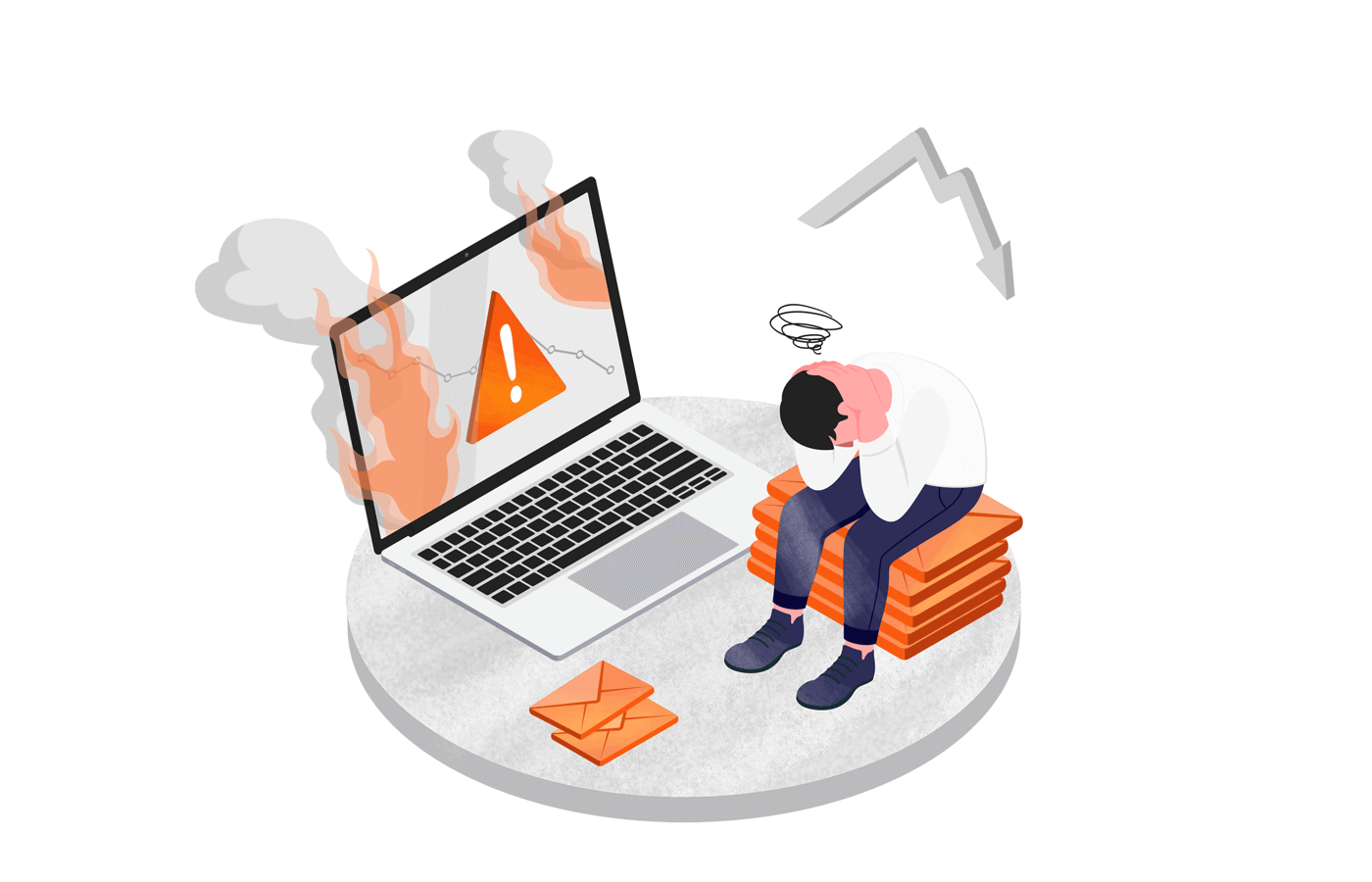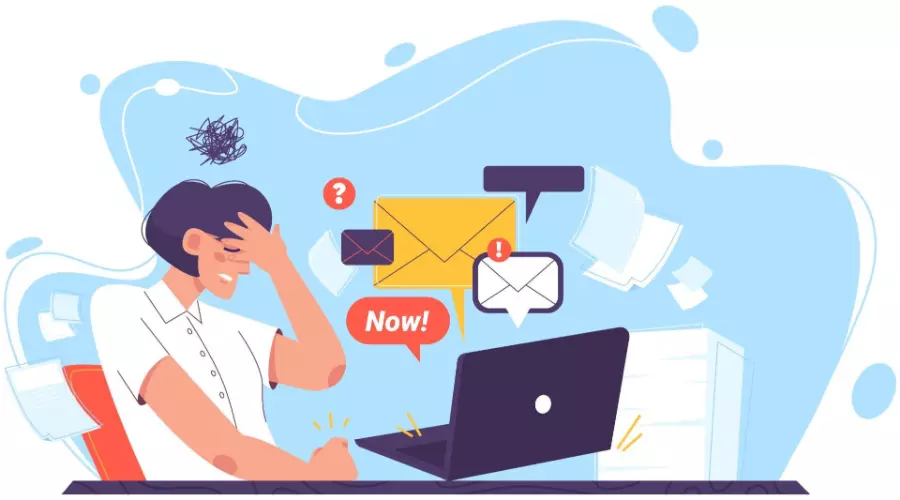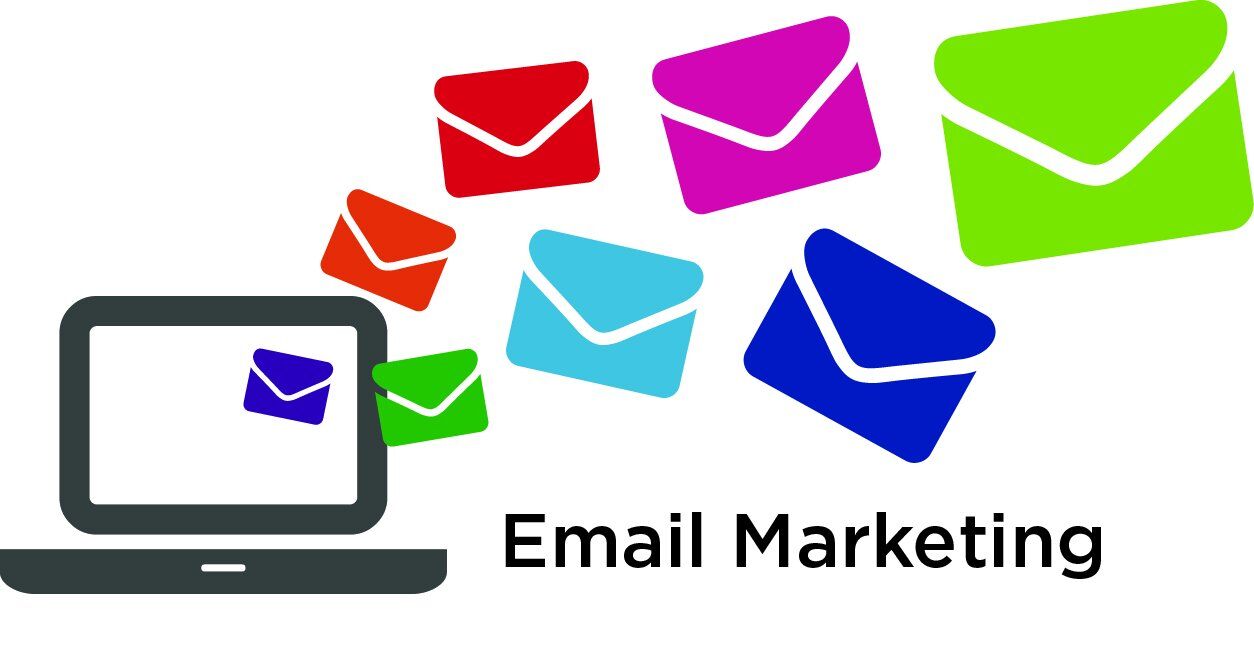
Technology keeps reshaping how we communicate—DMs, texts, instant messages, you name it. But despite all the flashy new tools, email remains one of the most reliable and professional ways to stay connected. Whether you’re sending out a company newsletter, pitching to a client, or just sharing updates with your team, email is still at the center of it all.
And because it plays such an important role in both business and marketing, a small mistake in an email can sometimes create a big impact. To help you avoid those slip-ups, here’s a list of the most common email mistakes—and how you can steer clear of them.
1. Forgetting attachments
We’ve all done it. You write, “Please find the file attached,” hit send… and then realize the attachment never made it. Forgetting attachments is one of the most embarrassing yet avoidable mistakes.
Most email platforms now give you a little nudge if they notice words like “attached” but no file. Still, don’t rely only on the software. A smart trick is to attach files before writing the email or leave yourself a sticky note on your screen as a reminder. And when you do forget, skip the corny “oops, here it is” jokes in your follow-up. A simple, professional correction works best.
2. Sending to the wrong recipient
Few things spread office gossip faster than an email sent to the wrong person. Double-check the recipient list before hitting send. Many platforms also have an “Undo Send” option—turn it on if available.
And while you’re at it, make sure you spell the recipient’s name correctly. Misspelling someone’s name can come across as careless, and in professional settings, that detail matters.

ALSO READ: Email Marketing in Healthcare: A Practical Guide for Healthcare Managers to Drive Patient Loyalty
3. Writing a weak subject line
Your subject line is the first impression, and sometimes the only thing that determines whether your email gets opened. A good subject line is clear, relevant, and attention-grabbing without being over the top.
Avoid shouting in ALL CAPS, stuffing it with emojis, or being too vague. Instead, keep it short, specific, and aligned with the content of your email. If you’re running a campaign, treat your subject line like a mini headline—it should spark curiosity but also set expectations.
4. Using the wrong tone
Tone is everything in email. Replying to a casual colleague with stiff formality feels awkward, while texting-style slang to your manager might come across as unprofessional.
Match your tone to the relationship and context. When in doubt, look at past email threads for cues or ask a trusted colleague for feedback. And remember—tone isn’t just about words; it’s about showing respect, professionalism, and authenticity.
5. Sending at the wrong time
Email timing isn’t random—it can determine whether your message gets noticed or ignored. Sending at odd hours or on the wrong day can mean your email gets buried.
For businesses, studies show certain days and times drive higher open and response rates. If you’re running marketing campaigns, tools like automation can help you schedule at the right moment. For global teams, keep time zones in mind so your message lands when your recipient is most likely online.
6. Hitting “Reply All” unnecessarily
We’ve all seen it: one person replies “Thanks!” to a company-wide email, and suddenly there’s a flood of pointless responses. Unless every recipient truly needs your reply, avoid “Reply All.”
This rule applies whether it’s a large group or just a handful of colleagues. Too many “Got it!” or “Amazing!” messages clutter inboxes and waste time. Keep it relevant—if your reply isn’t adding value for everyone, hit “Reply” instead.
7. Ignoring your email signature
Think of your email signature as a virtual business card. It should include your name, role, contact details, and any relevant links (like your website or LinkedIn).
A polished signature makes you look professional and gives recipients quick access to your information. Neglecting it is a missed opportunity to represent yourself and your brand.
8. Going overboard with fonts and styles
A clean, simple font is all you need. Mixing too many fonts, colors, or sizes can make your email look messy and unprofessional.
Be especially cautious when copying and pasting text from other documents—it often drags hidden formatting along with it. Before sending, scan your email to ensure a consistent style. Visual consistency communicates professionalism, both in emails and on websites.
9. Starting with “To Whom It May Concern”
Unless you’re writing a legal notice, this phrase feels outdated and impersonal. Whenever possible, personalize your greeting.
Taking the time to find the recipient’s name shows effort and attention. Generic openings suggest you didn’t care enough to do your homework, which can hurt your credibility.
10. Skipping the final review
After spending time perfecting an email, it’s tempting to hit send right away. But a quick final review can save you from typos, missing details, or awkward phrasing.
Use built-in spell checkers, grammar tools, or even read your email out loud to catch mistakes. If it’s an important email, have a colleague give it a once-over. And don’t forget to delete any leftover “What do you think of this draft?” notes before sending.
Quick FAQ
What if I send an email to the wrong person?
If your email service allows, try using the “Undo Send” option immediately. If not, own up to the mistake with a polite apology and forward the correct message.
How can I avoid grammar mistakes in emails?
- Use spell and grammar check tools.
- Read your email aloud—you’ll catch errors your eyes skip.
- Ask a colleague to proofread important emails.
- Brush up on grammar basics or keep a style guide handy.
Bottom line:
Email is still one of the most powerful communication tools we have, but it only works in your favor if you use it wisely. Avoiding these common mistakes can make your emails more professional, effective, and impactful.



